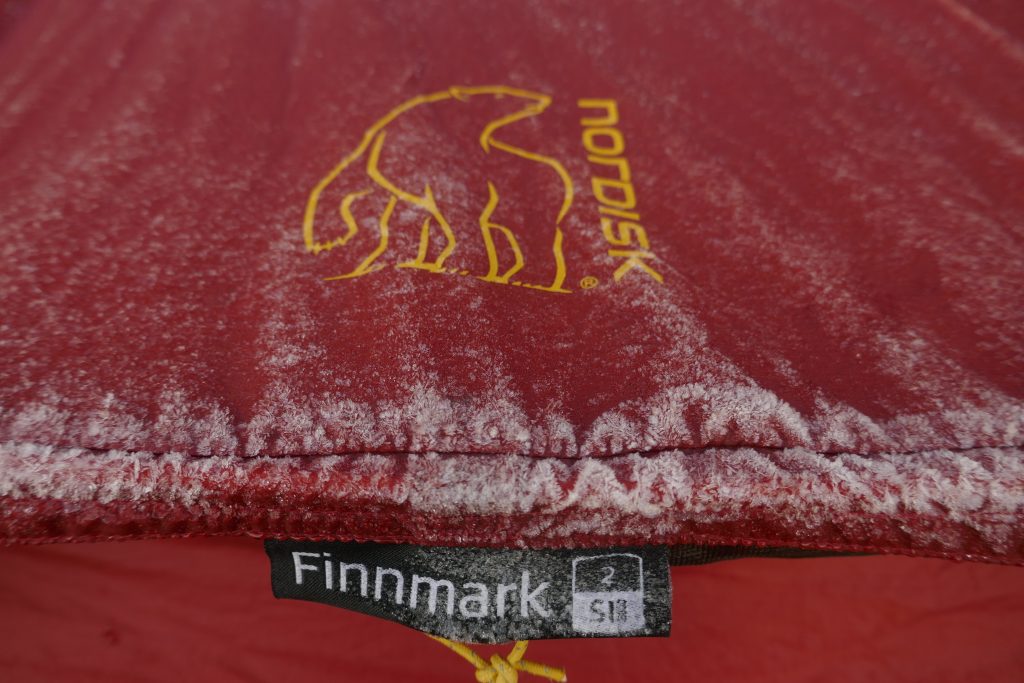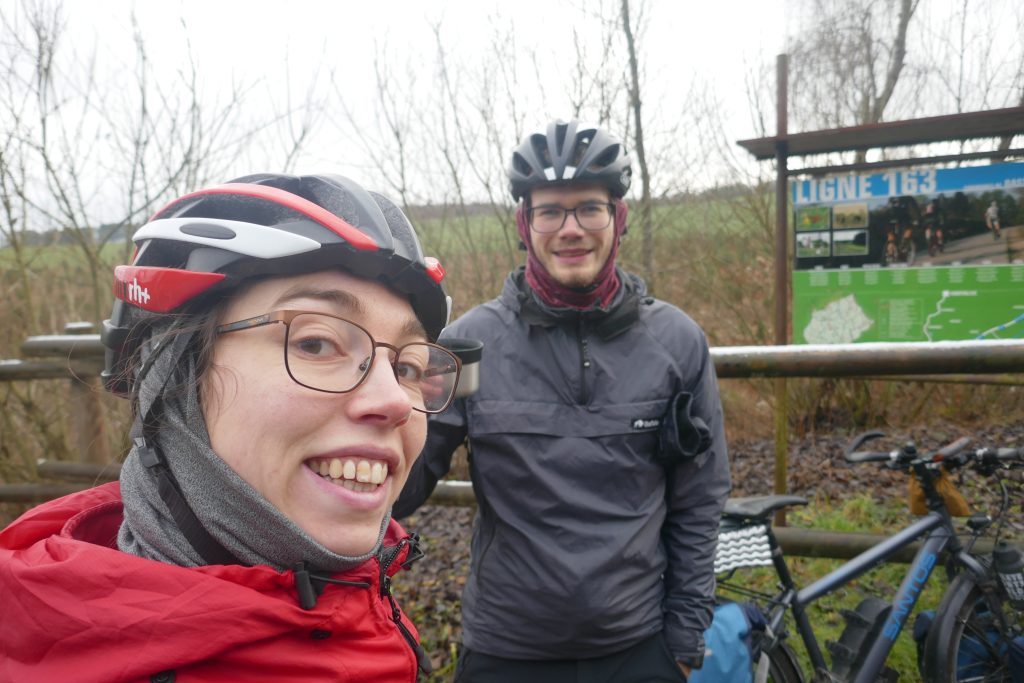Finnmark 2 SI – Tent review
Finnmark 2 SI - Review
Our well trusted 'red house' during many adventures!
A good, reliable tent is very important for a world cyclist. We chose to take the Finnmark 2 SI from the brand Nordisk with us. We already have this tent since 2019 and it has accompanied us on all our adventures since then. From snow in the winter months, autumnal scenes in the Ardennes to the hot Slovenian coast in the summer.
Technical Information
- 3 season tent
- Two entrances and vestibules
- Total weight: 3.3 kg
- Flysheet: 40 denier silicon coating – 3000mm water column
- Inner tent: 40 denier cire coating
- Ground sheet: 40 denier nylon PU coating – 10,000mm water column
- 8.5mm aluminum DAC Featherlike NSL poles (2 long and 1 short)
- Aluminum Y-Peg (16x)
- 2.5mm nylon guy ropes

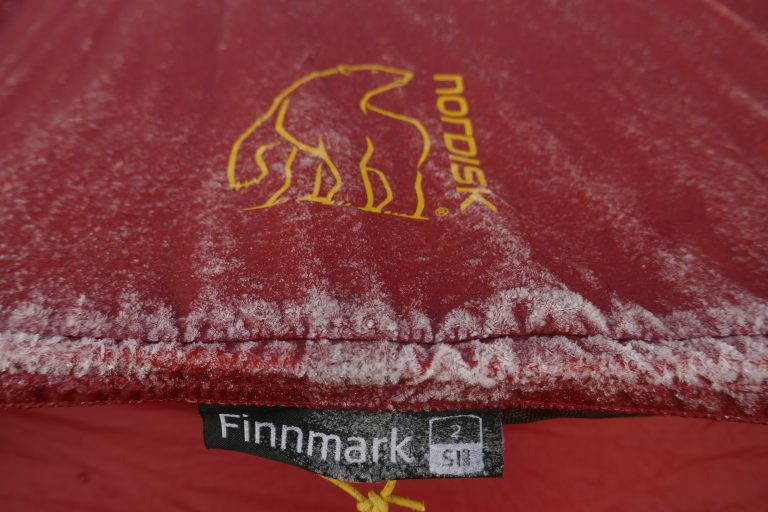
A freestanding dome tent
The Finnmark 2 SI is a dome tent that can lined up be made with three intersecting poles. The advantage of this construction is that it is freestanding, allowing you to easily set up the tent even on hard, solid ground. Beside that a dome tent can also withstand approximately the same amount of wind in all directions, giving you a little more “freedom” when setting up the tent. So the direction you pitch the tent in will be less sensitive for wind change directions during the night. Desondanks blijft het nog steeds het beste om de tent niet met de opening naar de wind te plaatsen. Zo behoud je een maximale stabiliteit en kan je makkelijk in en uit de tent bij veel wind.
The Finnmark 2 SI is also an ‘inner first’ tent, which means that you first pitch the inner tent using the poles and then attach the outer tent. This means that if the weather is nice and dry, you can also put up only the inner tent which is something we often did during the summer.
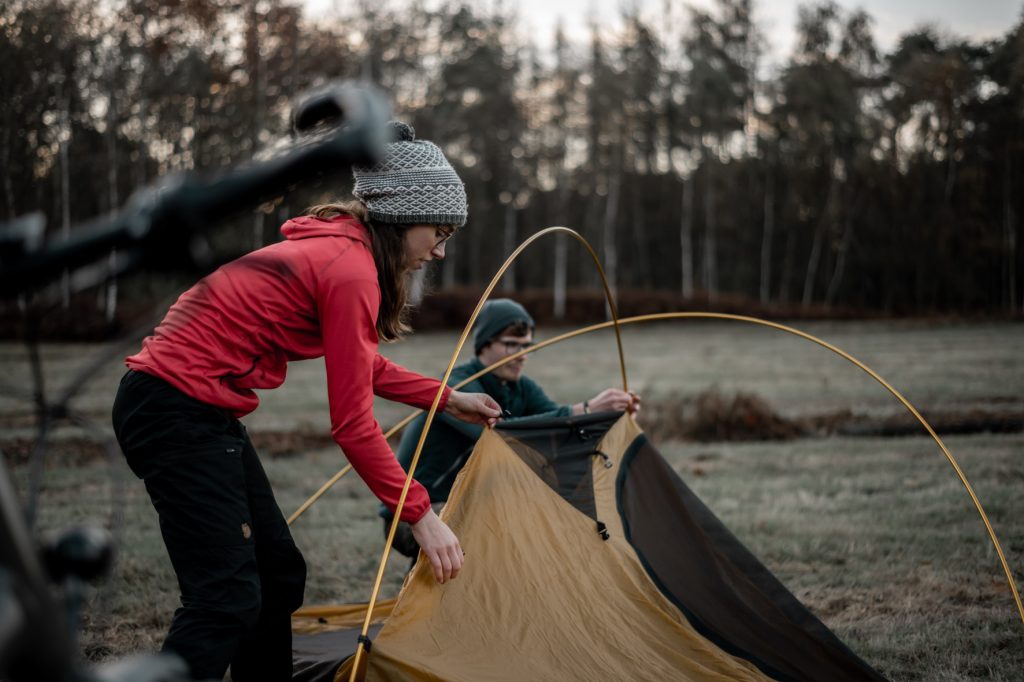
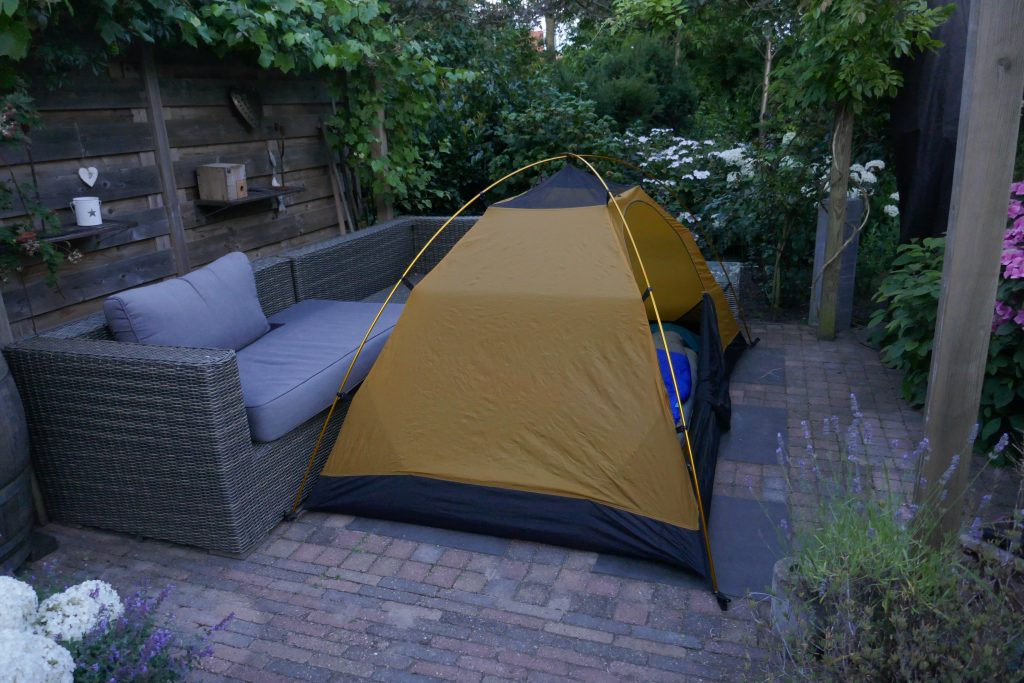
One disadvantage of the ‘inner first’ construction compared to outer first is that it takes a little longer to set up the tent because the inner tent cannot left hanging on the outer tent. However, this don’t need be a problem as long as it isn’t raining because then the inner tent can get wet. Practice makes perfect and with a rag you can easily dry the raindrops afterwards.
Vestibule space
The Finnmark 2 SI has two vestibules, one at each exit. Both are not very spacious, but enough to accommodate panniers or backpacks. Compared to a tunnel tent, the latter will always have more vestibule for the same weight. This can be especially useful in rainy weather as not only your equipment but also you can sit in the vestibule.
At both doors is a magnet provided in the outer tent. This ensures that the flaps stay well over each other when unzipping the door. That way you don’t get showered instantaneously. Even more important is that you can hang the doors up by attaching them to the dome.


Performance in the rain
The Finnmark 2 SI has a water column of 3,000mm for the outer shell and 10,000mm for the groundsheet. The tent must be perfectly waterproof, although…
During a trek on the Karnische Höhenweg in Austria, we were just in time to pitch the tent before the hell broke loose. However let me redefine “just in time”. We only managed to pitch the tent dry but we still had to cook. After cooking Glenn crawled into the tent completely rained out. Time to warm up in our waterproof house. Unfortunately, after half an hour it was also dripping inside from the mesh at the top. We could solve this problem temporarily by putting our raincoat over the mesh, but of course this could not be the intention of such an expensive tent.
Once back home, we contacted Nordisk. The tent was sent in for inspection and a few weeks later we received a completely new tent. Talk about service! In addition to getting us a new one, they also gave us a few tips that we’d like to share with you. You can treat the seams of the tent with silicone, so that they remain waterproof. It’s best to do this at the time of purchase (if the seams are not sealed) and after some use of the tent. In addition, condensation on the inside of the tent, combined with (cold) rain, can also cause ‘dripping’. In the case of the Finnmark 2 SI, the top of the inner tent consists of mesh, so the condensation falls onto the sleeping bag. For now, we haven’t had many problems with this. We are however curious what the future will bring!
3 season tent
The Finnmark 2 SI is labeled as a ‘3-season tent’. The reason for that is that the tent does not connect completely to the ground, the poles ‘only’ have a diameter of 8.5mm and the tent has been tested to a maximum of 25 m/s (90 km/h).
In reality, however, you should take this with a grain of salt. The Finnmark 2 SI can easily handle some wind and can also be used in freezing temperatures. Given the presence of mesh ventilation in a large part of the inner tent, a warm sleeping bag is very important. The big advantage of the mesh is that you have a lot of ventilation and therefore fewer problems with condensation. It is of course not a real expedition tent, so in extreme conditions you better look for a 4-5 season tent.
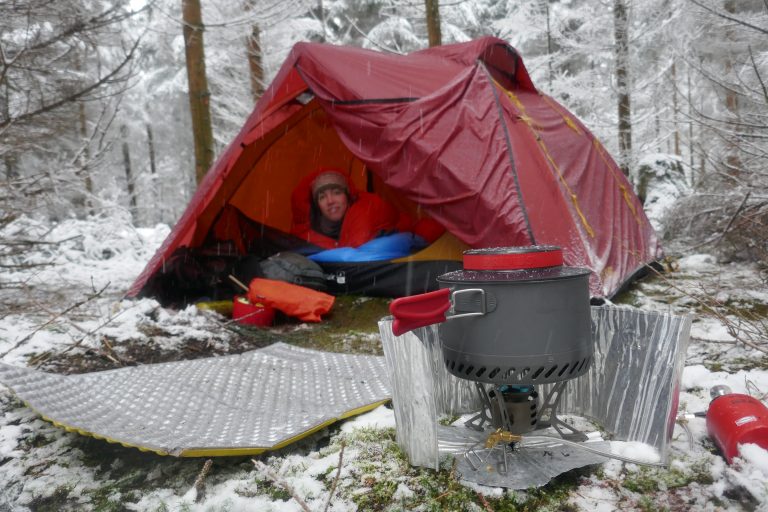
Should I buy the Finnmark 2 SI?
There is no right or wrong answer to this question. It all depends on what you want to do with the tent and what you personally prefer.
The great strength of this tent is the presence of mesh in the inner tent, which is very nice in warmer or dry weather, since you can literally see the stars from your sleeping bag. The disadvantage is that the tent is slightly less pleasant in rainy weather, as described above.
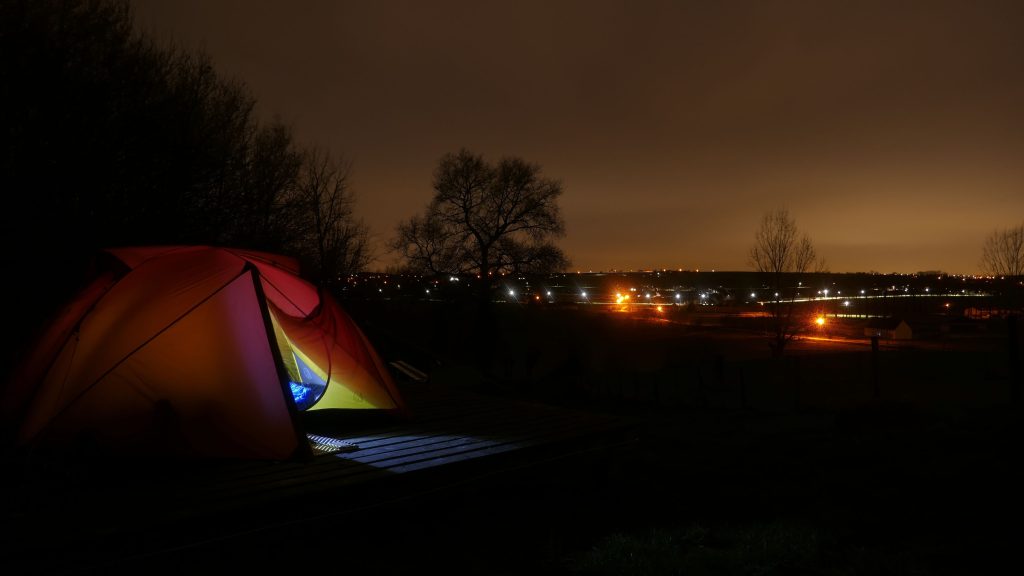
Finnmark 2 SI – Tent review Read More »

